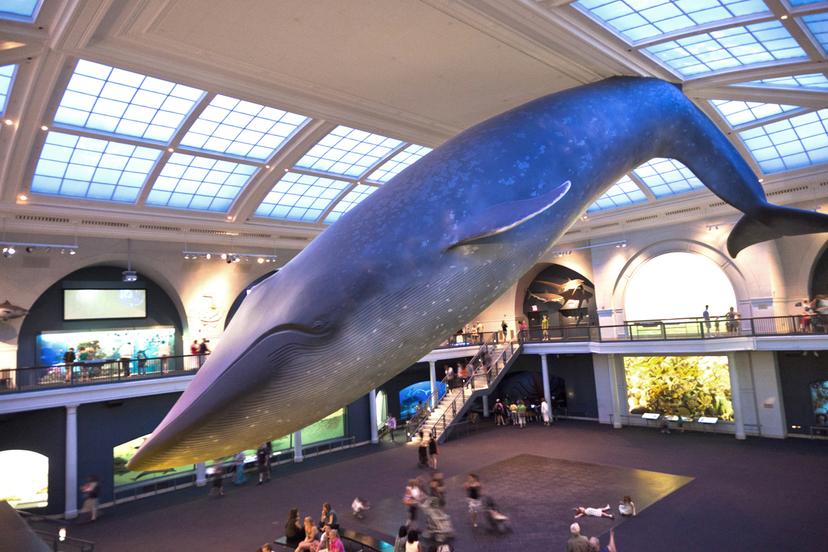Museums and Cultural Centers

Structure
Museums and cultural centers come in an array of sizes and kinds. The smallest of these institutions may be open a few hours a week and staffed by one or two people; the largest are run along the lines of a corporation. In sharp contrast to corporations, however, most museums and cultural centers are nonprofit, so their financial support comes from philanthropic foundations and from federal, state, and city agencies. Since a large degree of support comes from the public sector, museums and cultural centers pay close attention to the interests of taxpayers in their communities.
Museums and cultural centers are usually run by a board of trustees or similar governing body. Trustees have considerable experience in business; they may be active or retired chief executive officers of corporations, university presidents, or partners in law firms. They help the institution run smoothly in the long term. They are usually well connected socially and have good relationships with other business and civic leaders. They take an active role in promoting the museum or cultural center and may lead fund-raising drives and other events to increase a museum's support.
Public programs and exhibits are the heart of operations for both museums and cultural centers. Exhibit space and performance space is frequently allocated a year or more in advance. In community cultural centers, any individual or community group may be able to request space for an appropriate exhibit or function. Juried exhibits of art may alternate with displays of work by schoolchildren in the community. In smaller community cultural centers, the bulk of proposals for use of space may originate in the community rather than within the offices of the center itself.
In larger cultural centers and in museums, proposals for use of space originate internally and programs are planned internally. Community leaders identified as resource people by the museum may be invited to development sessions or may be hired as consultants to the project. The community at large may be invited to attend special open forums during the development phases.
Large museums regularly allocate more than 90 percent of available exhibit space to displaying items from the museum's collections. Only a small portion of a collection can be displayed at once, and the manner and context of display change as museums focus on new issues. Exhibit design is an integral, often costly component as museums strive for a more realistic or educational experience. Rough-finished floors may be installed to suggest a woodland walk, or large windows framing interior vistas and topped with hanging vines may be installed to suggest the pastoral French countryside painted by the Impressionists. Museums with the resources to do so may add interactive computers, mechanical moving objects, and prerecorded sound to the installation.
A major museum exhibit is planned two to five years in advance. Many different types of professionals work on exhibits for museums and cultural institutions. The Department of Labor reported that there were 35,900 archivists, curators, and museum workers employed in the U.S. in 2018. Exhibit developers receive a general assignment from museum administrators and work out the specific content to illustrate the concepts behind the exhibit. The chief financial officer, chief educational officer, and chief public programs officer are likely to be involved with the project from start to finish. Content drafts and rough sketches of the exhibit are circulated through committees and revised several times. Once a draft reaches final approval, exhibit designers and builders create a scale model that will be followed during installation.
Several departments work at the same time to organize the many pieces that help develop the exhibit. The museum development office submits funding proposals to philanthropic foundations and state and federal agencies. Corporations and individuals may be solicited for donations. The education department plans workshops for local schoolteachers and begins recruiting museum teachers and interpreters for the new exhibit. The education department may also develop survey instruments to test the learning component of the exhibit. Curators lend their expertise as content specialists. The publications department writes descriptions of the exhibit for member publications and for books to be sold in the museum store. Souvenir products, such as mugs and T-shirts, are negotiated with vendors. Museum artists prepare a conceptual drawing of the finished exhibit to aid in promotions.
As the end of installation nears, the museum concentrates on encouraging public excitement. Print and television journalists are invited to a private walk-through of the nearly completed exhibit. Community schools are advised of the opening date and given information on tours or special programs the museum has set up in conjunction with the exhibit. Billboard space may be rented for advertisements. A donors' ball or dinner is usually planned for the opening; this event will also be attended by the museum's top administrators and by the exhibit developers.
In addition to permanent exhibits showcasing their collections, museums may have traveling exhibits. Traveling exhibits are small, highly focused exhibits designed for economy of space and finances. A traveling exhibit visits several cities over a period of a year or so. These exhibits are usually fully sponsored by one corporation and developed at one museum, such as the Smithsonian; participating museums then pay a fee that is applied to such expenses as insurance and cartage.
